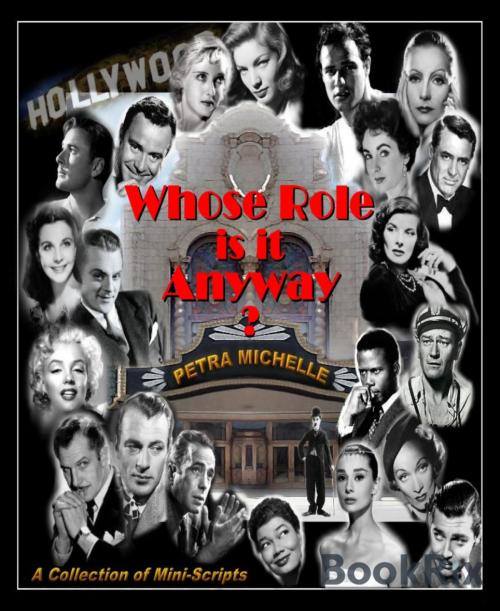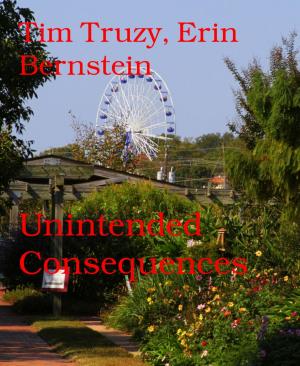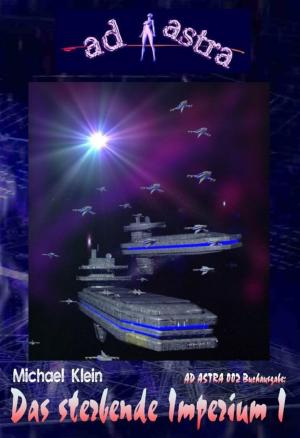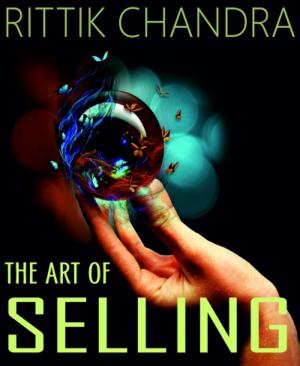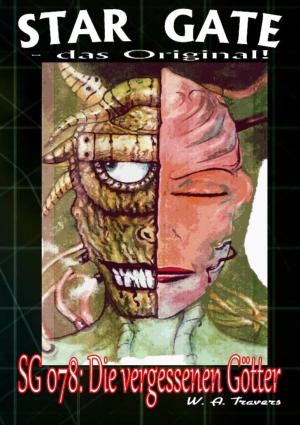| Author: | Petra Michelle | ISBN: | 9783730992975 |
| Publisher: | BookRix | Publication: | April 2, 2014 |
| Imprint: | Language: | English |
| Author: | Petra Michelle |
| ISBN: | 9783730992975 |
| Publisher: | BookRix |
| Publication: | April 2, 2014 |
| Imprint: | |
| Language: | English |
This collection of mini-scripts was written by me for my blog, Whose Role Is It Anyway? since 2008. They are some of the most popular of many written. I have been an agented screenwriter since 2005. As a screenwriter, FORMATTING is paramount in the film industry. These mini-scripts follow the industry's standards. SCENE HEADINGS are: EXT.-LOCALE-DAY or EXT.-LOCALE-NIGHT or INT.-LOCALE-DAY or INT.-LOCALE-NIGHT. EXT. or INT. are abbreviations for Exterior or Interior. LOCALE is self-explanatory, and DAY or NIGHT is all that's needed; not THE NEXT DAY, EVENTIDE, DUSK, TWILIGHT, etc. NOTE: A change in locale requires another scene heading. DIALOGUE: Less is more. If your character can say something in six words rather than seven, omit the extra word. NARRATIVE: When writing, "Always grab the reader by the throat, sink your thumbs into his windpipe..." THE BEGINNING, THE MIDDLE, THE END; ACT I, ACT II, ACT III, respectively. Every sentence, every paragraph, every scene, every screenplay has a beginning, ACT I, middle, ACT II, and end, ACT III. In the Beginning, Act I -- Lew Hunter "the story starts at the point where nothing before is needed." It sets up the characters and story. The first page of your screenplay begins with FADE IN:, then enter two spaces followed by the first scene heading. In the Middle, Act II -- is where the plot thickens. Unfold the complexity of characters' actions and the conflict caused by their reactions. Act II is inspiration plus perspiration, perspiration, perspiration; 60+ pages, the meat of the screenplay, the "mind-gut." Lew Hunter In the End, Act III -- be it emotional, physical, or a combination of both is what has been written leading to "the accomplishment, the victory, the coup de grace." Lew Hunter The Denouement: "Here's looking at you, kid." The final clarification or resolution of a plot. FADE TO BLACK (The End) NOTE: Free yourself of the monkey mind, and get your ideas down immediately, then go back to edit. Editing during a first draft is a waste of valuable time. A draft is just that, a draft, which will become your first, second, third--however many it takes to get it right. LOOKING PROFESSIONAL: Misspellings, typos, bad grammar, etc. can override a great story. Take screenplay classes, read books on screenplays, and/or actual screenplays of your favorite films. Register your screenplay (drafts, sections for copyright protection) with The Writers Guild of America East (Manhattan, NY) or West (Los Angeles, CA). Look for an agent. Good luck!
This collection of mini-scripts was written by me for my blog, Whose Role Is It Anyway? since 2008. They are some of the most popular of many written. I have been an agented screenwriter since 2005. As a screenwriter, FORMATTING is paramount in the film industry. These mini-scripts follow the industry's standards. SCENE HEADINGS are: EXT.-LOCALE-DAY or EXT.-LOCALE-NIGHT or INT.-LOCALE-DAY or INT.-LOCALE-NIGHT. EXT. or INT. are abbreviations for Exterior or Interior. LOCALE is self-explanatory, and DAY or NIGHT is all that's needed; not THE NEXT DAY, EVENTIDE, DUSK, TWILIGHT, etc. NOTE: A change in locale requires another scene heading. DIALOGUE: Less is more. If your character can say something in six words rather than seven, omit the extra word. NARRATIVE: When writing, "Always grab the reader by the throat, sink your thumbs into his windpipe..." THE BEGINNING, THE MIDDLE, THE END; ACT I, ACT II, ACT III, respectively. Every sentence, every paragraph, every scene, every screenplay has a beginning, ACT I, middle, ACT II, and end, ACT III. In the Beginning, Act I -- Lew Hunter "the story starts at the point where nothing before is needed." It sets up the characters and story. The first page of your screenplay begins with FADE IN:, then enter two spaces followed by the first scene heading. In the Middle, Act II -- is where the plot thickens. Unfold the complexity of characters' actions and the conflict caused by their reactions. Act II is inspiration plus perspiration, perspiration, perspiration; 60+ pages, the meat of the screenplay, the "mind-gut." Lew Hunter In the End, Act III -- be it emotional, physical, or a combination of both is what has been written leading to "the accomplishment, the victory, the coup de grace." Lew Hunter The Denouement: "Here's looking at you, kid." The final clarification or resolution of a plot. FADE TO BLACK (The End) NOTE: Free yourself of the monkey mind, and get your ideas down immediately, then go back to edit. Editing during a first draft is a waste of valuable time. A draft is just that, a draft, which will become your first, second, third--however many it takes to get it right. LOOKING PROFESSIONAL: Misspellings, typos, bad grammar, etc. can override a great story. Take screenplay classes, read books on screenplays, and/or actual screenplays of your favorite films. Register your screenplay (drafts, sections for copyright protection) with The Writers Guild of America East (Manhattan, NY) or West (Los Angeles, CA). Look for an agent. Good luck!
